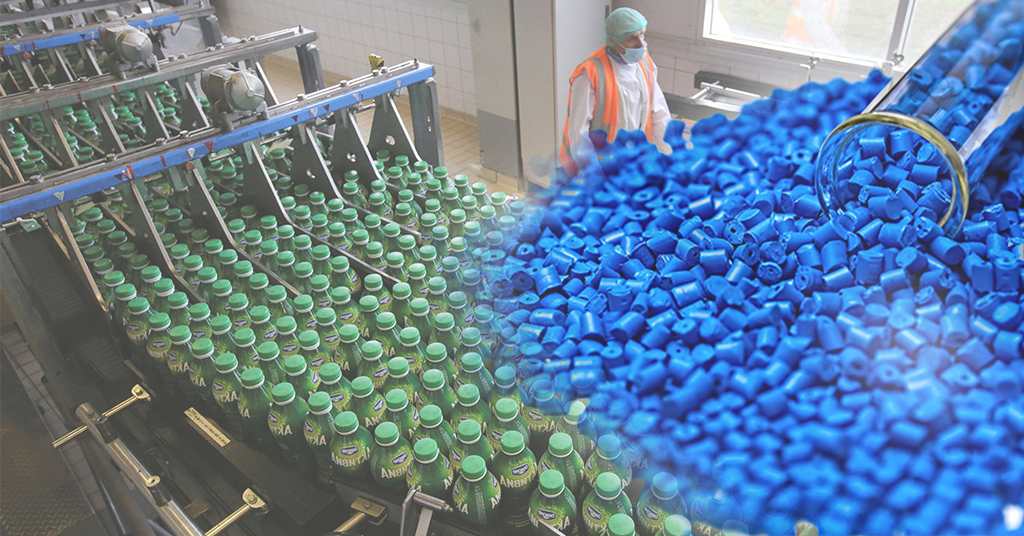European Polyamide Prices Decline in January, Reasoning Subdued Demand
- 05-Feb-2024 3:18 PM
- Journalist: Robert Hume
The Polyamide market witnessed a descending price trend as the first quarter of 2024 commenced. This decline was primarily attributed to bearish demand conditions originating from the downstream automotive and electrical sectors within the European market. The weakened demand from these key sectors exerted downward pressure on Polyamide prices, reflecting broader economic challenges or specific industry-related issues. Moreover, the feedstocks for Polyamide i.e., Caprolactam and Adipic Acid, also played a role in the descending price pattern. The decline in feedstocks prices contributed to the overall reduction in production costs for Polyamide, subsequently influencing the pricing dynamics in the downstream market.
In terms of demand, the Polyamide market faced challenges as fresh orders from potential customers remained weak. Additionally, trading activities in the international market experienced a reduction, primarily attributed to disruptions in ocean routes. These disruptions, which may include factors like shipping delays, port closures, or logistical challenges, had a consequential impact on the global trading dynamics of Polyamide.
In January, manufacturers in the Eurozone exhibited a less aggressive approach towards reducing their purchasing activities. This suggests a moderation in the extent to which they scaled back procurement of raw materials and components for their production processes. The market participants, potentially influenced by economic uncertainties or geopolitical events, exercised caution in their purchasing decisions.
Therefore, it is probable that Germany will experience a continued decline in electric van registrations throughout the first quarter of 2024, as the market adjusts to the absence of incentives. This decline could be attributed to the change in the incentive landscape, influencing consumer and industry behavior towards electric van adoption.
During January, as backlogs of work continued to diminish swiftly, German manufacturers opted to maintain a preference for lower workforce numbers. This suggests that despite ongoing workloads, there was a strategic decision to control labor force size, possibly influenced by factors such as productivity considerations, cost management, or efficiency measures.
The Polyamide prices are anticipated to experience an upward trend in February 2024. This is attributed to manufacturers raising their quotations, influenced by elevated interest rates and higher production costs. The increase in the European Benzene contract prices for February has exceeded initial expectations, and this is expected to have consequences for downstream derivative sectors, including the Polyamide market. However, it is also mentioned that despite the projected increase in Polyamide prices, the automotive sector is likely to face pressure in the first quarter of 2024. The tightening economic conditions are expected to exert challenges on the automotive industry during this period.



